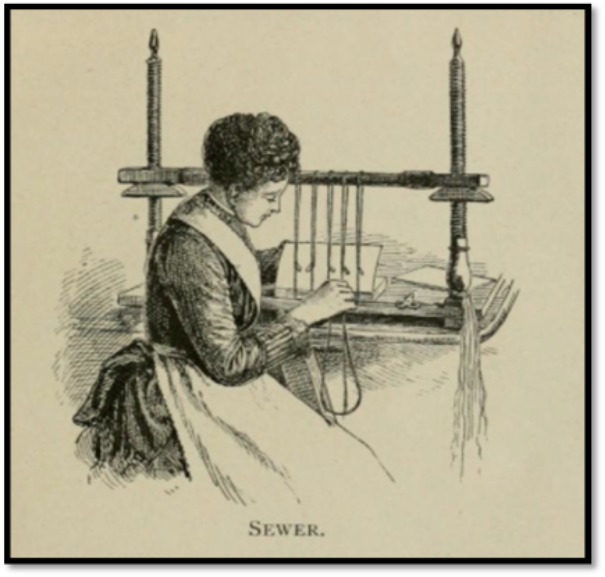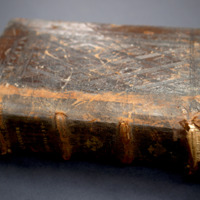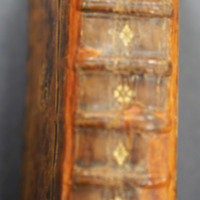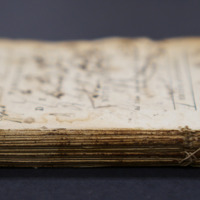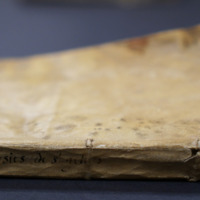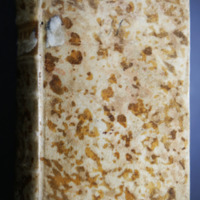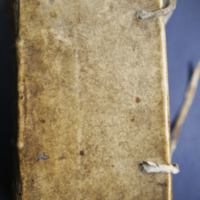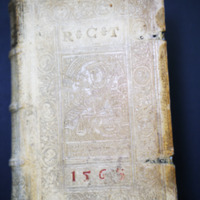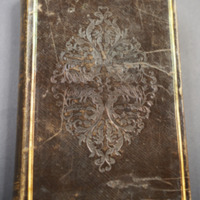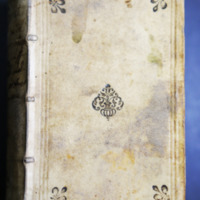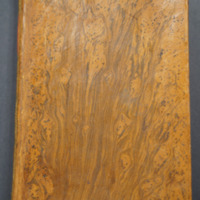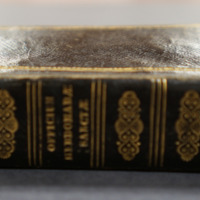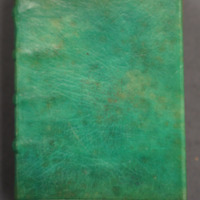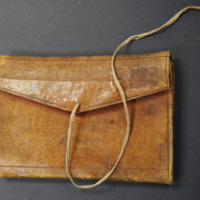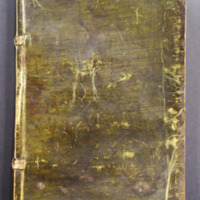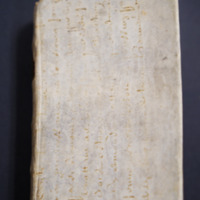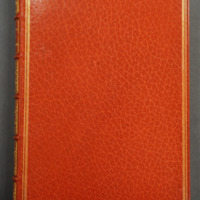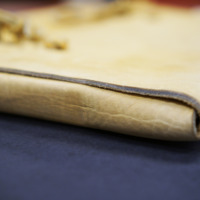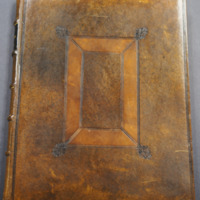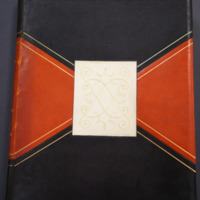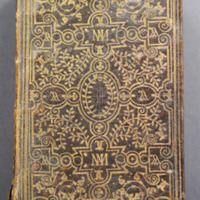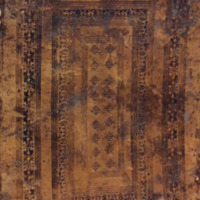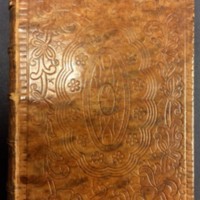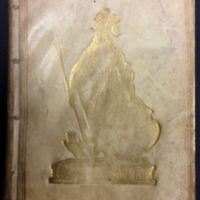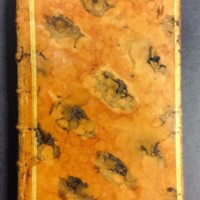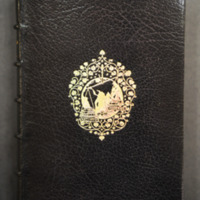Bookbinders
As part of a contemporary population that is not only acquiring books sight unseen online but also one that is moving away from printed text in favour of the electronic book, we perhaps need to be reminded of the fact that up until the advent of the mechanical press at the beginning of the 19th century, books were generally not produced in huge quantities. They were also rarely sold as final, finished products, that is, books were rarely bound in their final form before actually being sold to a customer. Given the exorbi-tant costs of book production in the hand press era, from the expense of materials required to rent of the bookshop itself, it was not economically wise for a bookseller to invest money into binding books which he had no guarantee of ever sell-ing. A bookseller may have kept a few titles in the shop bound in “retail bindings”. The choice would not have been extensive, and while sturdy and even aesthetically adequate to be retained as a permanent binding, even retail bindings were expected to be replaced by their subsequent owners.
The old adage of “never judge a book by its cover” has literal credence when it comes to book bindings. One must be very cautious with the usage of terms rife in dealers’ cata-logues: “original binding” or “contemporary binding” have little meaning. Decoration and/or ornamental elements of a binding are perhaps the poorest indication a book’s origin or date. For example, a book printed in Italy may well have been sold in Holland, where it was bound by a German binder using binding techniques acquired in his home country. As well, a number of years may have elapsed between any of these steps, fur-ther ensuring that binding is a poor indicator of a text’s physical origins. Books destined for a foreign market would generally be sewn to ensure that the text would travel with less risk of pages being lost as would reams of loose sheets. A book could also be as-signed a temporary binding, allowing for further protection of the text. It would then be left up to the
purchaser to decide whether to rebind the text block in a more costly binding. As provi-sional bindings did not necessarily equate poor workmanship or cheap materials, many buyers chose to retain the temporary binding, and many survive to this day.
The progression in book binding structure and aesthetics was driven as much by eco-nomic reasons as by a change in stylistic sensibilities. In the age of the manuscript, one title was copied out painstakingly by hand, ensuring, by the sheer amount of time and labour involved in the production process, that a book was an exclusive item to be en-joyed by a very select few. Each a bespoke item, manuscripts were often exquisitely crafted using the finest materials and most precise techniques, their bindings possessing, amongst other elements, heavy wooden covers, metal and jeweled decorations, hand tooled and gilded leathers and elaborate internal and external sewing. In the infancy of the hand press, that is, in the age of incunabula (1450-1500) and post-incunabula (ca. 1501-1540s), books were produced in numbers low enough to allow for a sustained use of materials and techniques inherited from the medieval bindery. However, as literacy rates and published titles increased, printers and binders struggled to successfully meet the growing demand for books, more often than not at the sacrifice of materials and methods used in binding. Short cuts were taken to keep costs down for binder, bookseller and patron alike. Many of the items in this exhibition demonstrate this evolu-tion in binding styles and the transformation of materials used.
A binding’s decoration was perhaps the one way a bookbinder could leave his mark on his oeuvre. While some binders became known for specific structural techniques, these were and are not readily discernable to the average audience. Outer ornamentation, how-ever, would have an immediate impact on the viewer. With books generally not bound commercially before sale, a book owner could choose to have a book conservatively or elaborately bound and decorated, dictated only by the limits of his wealth, imagination and the skill of the chosen binder. Choice of leather, gilt, decorative style, clasps, even jewels: a binder could provide any or all for the proper fee.

